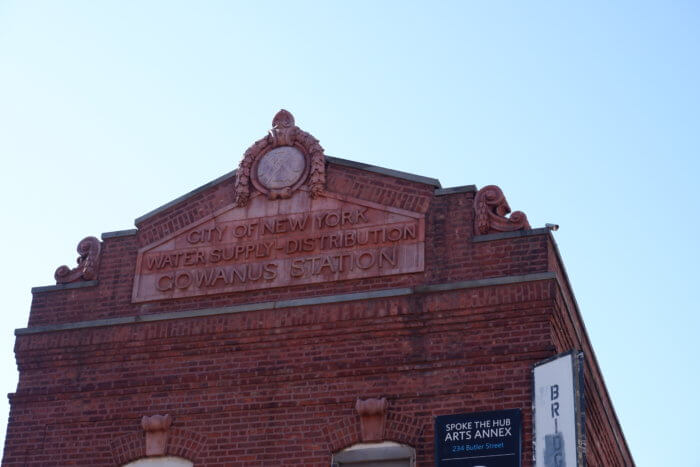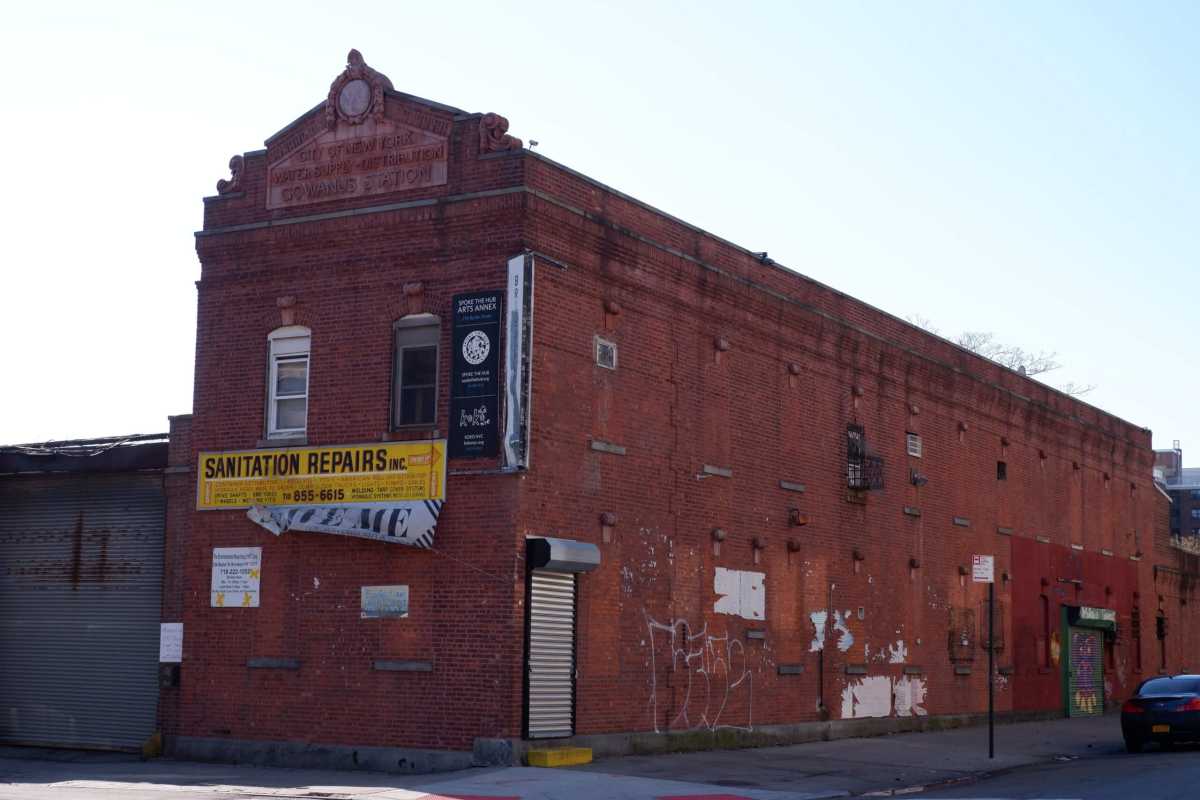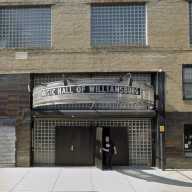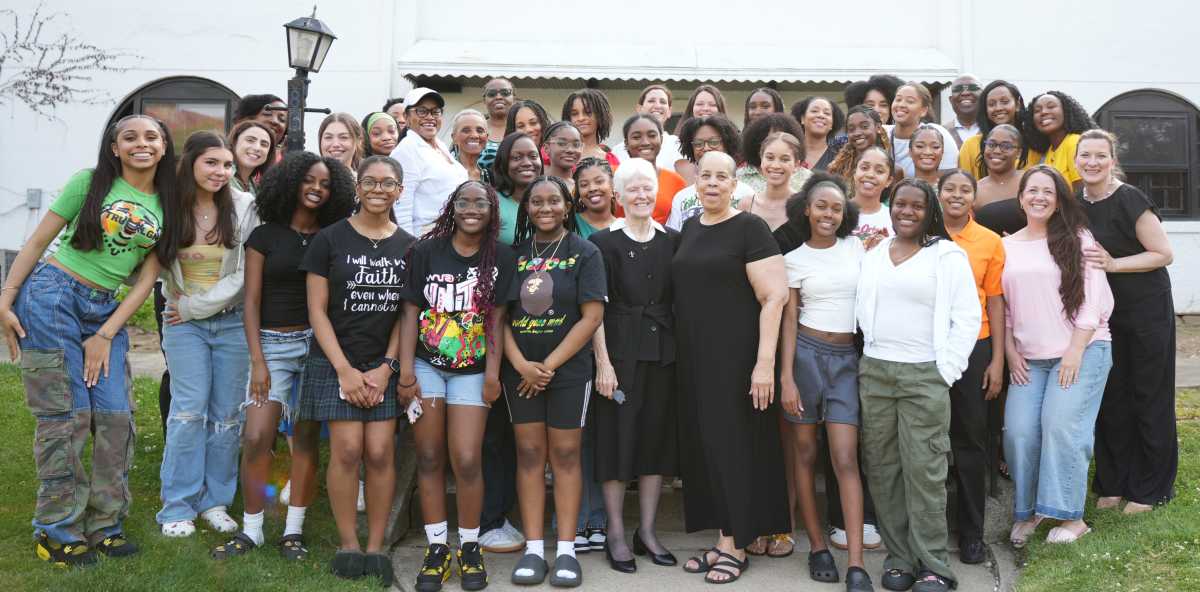As part of a plan to save time and money during construction of a water-filtration facility on the historic Gowanus Station site, city officials recommended using faux-aged bricks to recreate the 106-year-old building’s facade — rather than painstakingly restoring the wall’s original blocks piece-by-piece.
Both federal and state authorities wanted to save part of the building’s exterior walls, and use the original bricks in a new headhouse on the site, but a city-commissioned report claimed that new bricks with an “aged appearance” would do the trick — and save more than a million dollars and several months during construction.
A local group of preservationists, however, blasted that plan as “lazy,” and accused the city of cutting corners to save costs in a March 4 letter to the federal Environmental Protection Agency, which is overseeing the new facility’s construction.
“It’s the laziest engineering and the laziest excuse that I’ve ever heard,” said Katia Kelly. “They must think the community’s stupid.”
Kelly and her fellow watchdogs of the Gowanus Canal Community Advisory Group archaeology committee penned the letter to the EPA’s Gowanus Superfund project manager Christos Tsiamis, claiming that retaining the original walls of the locally-iconic building would “preserve key aspects of this historic edifice and maintain a rooted sense of place in our rapidly changing neighborhood.”
The new water-filtration site, which comes as part of the EPA’s Superfund cleanup project, will house the larger of two massive tanks designed to prevent sewage from flooding into noxious canal.

But maintaining the architecture’s original bricks during that construction would cost taxpayers $1.4 million to store the blocks, and result in months long delays, according to the city-commissioned study.
And even if they did attempt to salvage the building’s original facade, only about half of the bricks are in good enough shape to survive the potential construction, which would last almost eight years, the study claims. The rest either have so much water damage they might not survive, or are discolored that they would fail to match the other parts of the rebuilt walls.
If the blocks are to be stored in a privately-owned warehouse, the city would need about 1,500-square-feet of space for 16,900 salvageable bricks, which would cost the public $600,000 during construction of the water-filtration facility.
And futile attempts to store all of the building’s 32,000 blocks, which the federal and state government originally demanded, would cost even more — requiring 3,000-square-feet of space at a cost of $1.4 million, the report claims.
So, rather than try to maintain the original bricks, the city wants to exclusively use the mock-aged variety.
“With little alternative to supplementing original brick materials with ‘aged’ brick material, recreating the facades wholly with ‘aged’ brick material would provide a more successful aesthetic recreation of the facades without a conspicuous patchwork of materials, with no negative impact to the project schedule, and no added cost for labor and material storage,” the report reads.
However, those justifications were not enough for Kelly and her fellow preservationists, who claimed that city bureaucrats were hypocritical, given their storied track record of adding time and costs to the project repeatedly during the Superfund’s 10-year history.
“It just sounds hollow,” she said. “They’re trying at every step to slow things down themselves.”
The gadfly — who has kept track of the canal’s cleanse on her blog Pardon Me for Asking for years — noted that the city lobbied to move the filtration facility from public land at the Double D Pool and Thomas Greene Playground to its current site, which the government had to seize through costly and time-consuming eminent domain.
The move likely added around four years onto the project’s schedule, according to Kelly and ballooned property acquisition costs to $190 million, the Brooklyn Eagle reported.
The city also stalled progress on the tanks by pushing for a tunnel to be built beneath the canal, a proposal EPA engineers spent a year studying before tossing it in September.
For this reason, the Gowanus Canal Community Advisory Group has insisted on an independent firm to study the building, according to the archaeology committee’s chair, Linda Mariano.
“We called for an independent engineer to look at the building,” Mariano said. “I feel that there’s a conflict of interest here — the engineers were hired by DEP.”
A spokesman for EPA did not return a request for comment on DEP’s recommendations.





















